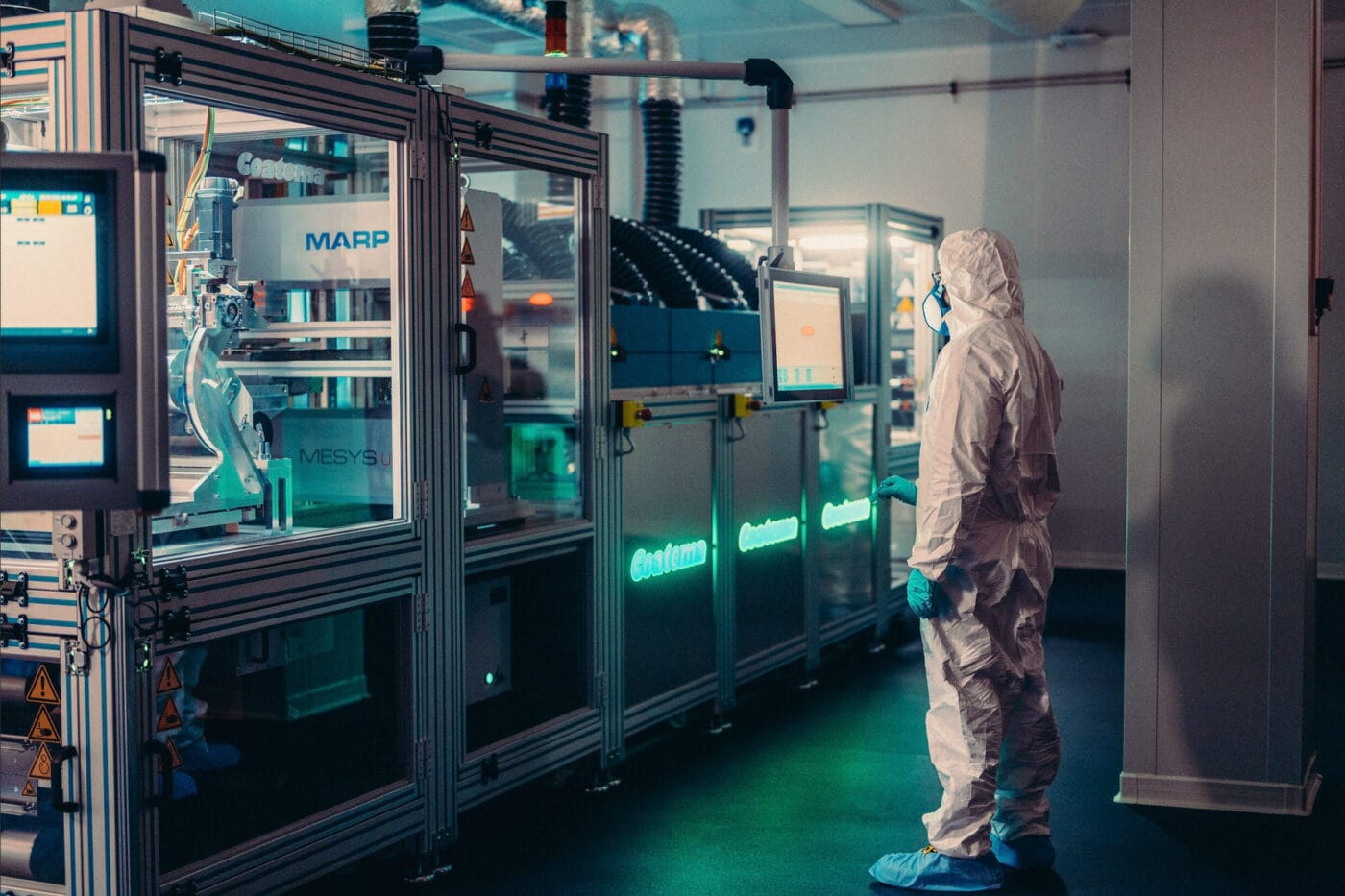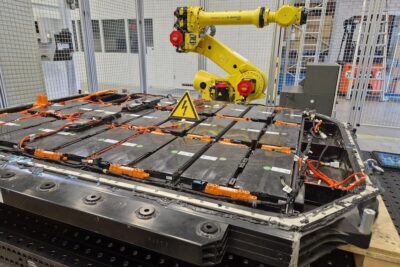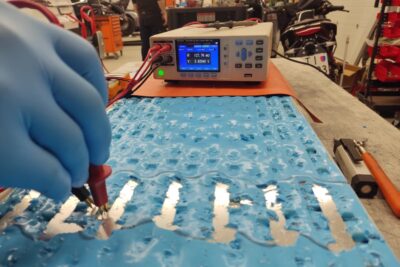Ampere shows interest in cobalt-free cathodes from Stratus
According to a joint statement, the development agreement marks “the first step to evaluate the relevance of inserting Stratus Material’s high-energy cobalt-free LXMO into the Renault Group’s electric vehicle fleet.” The partners said they would focus “on demonstrating the high performance of the material in EV-format battery cells.”
The abbreviation LXMO stands for Lithium-X-Manganese Oxide and is used by Stratus for its manganese-rich and cobalt-free cathode active materials (CAM). The development of manganese-rich cell chemistries is not new. In April, for example, Ford announced a “breakthrough” in a new cell chemistry it calls Lithium Manganese Rich (LMR) – a concept similar to Stratus’ CAM technology.
Ampere describes LXMO-based batteries as a “highly-attractive potential solution for EVs” because they are expected to offer high energy densities comparable to, or even greater than, today’s NMC batteries, while being as cost-effective and robust as LFP batteries. The advantages of both cell chemistries currently common in electric vehicles could, at least theoretically, be combined. Whether this will also be the case in practice is what Ampere’s tests of the new Stratus material aim to find out. Tests are to be conducted at Ampere’s recently inaugurated battery innovation laboratory in Lardy, France.
“At the systems level, the combination of improved abuse tolerance with high energy density results in pack-level energy densities that are up to twice that of either NMC- or LFP-based battery packs,” Ampere stated, repeating a claim also made by Stratus Materials on its own website. “This results in significant design and economic advantages to Ampere, with the promise of lower cost vehicles with longer range and better safety.”
“Ampere is looking closely at high-energy cobalt-free materials because of their potential advantages compared to incumbent cathode materials. Stratus’s LXMO CAMs have gained Ampere’s attention because of their unique and compelling combination of performance, cost, safety, and cycle life,” said Nicolas Racquet, Vice President for Vehicle and Powertrain Engineering at Ampere.
Jay Whitacre, CEO of Stratus, added: “We are thrilled to have LXMO selected by Ampere and Renault Group as a candidate for deployment into their future vehicle portfolio. Our progress to date with Ampere has been strong, and we look forward to delivering on the ongoing JDA and moving together toward full vehicle deployments.”
Renault has long relied solely on NMC cells, even for its compact electric models such as the Renault 5. The company uses NMC compositions adapted to each vehicle and sourced from multiple suppliers. It was only in 2024 that the Renault Group embraced LFP batteries, with the first production models expected to debut next year – most likely the electric Twingo. The updated version of the Dacia Spring was also recently unveiled, featuring the more affordable LFP cell chemistry.
ampere.cars, stratusmaterials.com
This article was first published by Sebastian Schaal for electrive’s German edition.





0 Comments